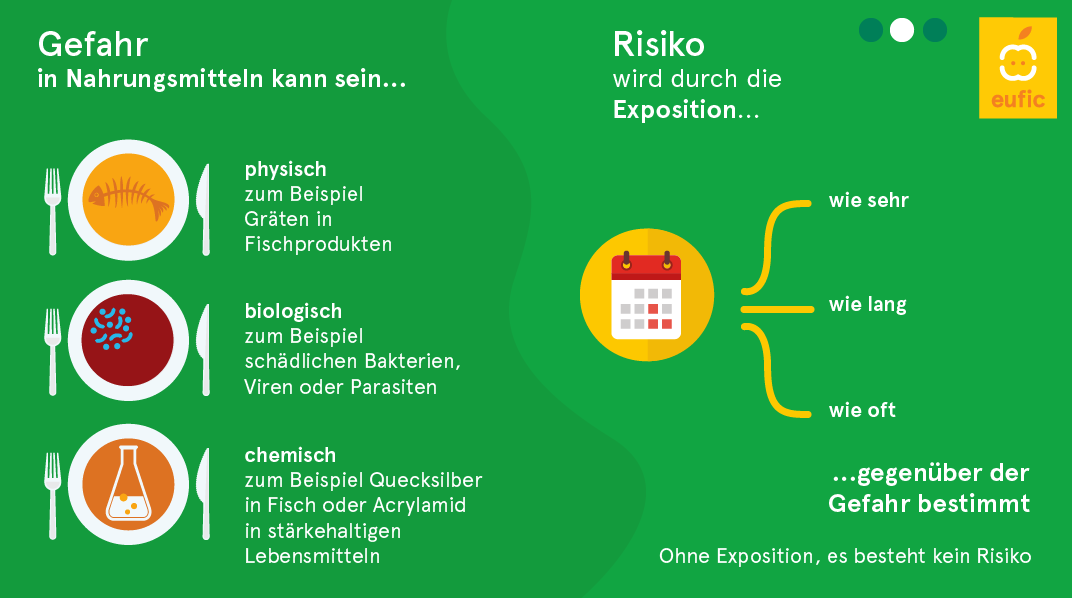
Difference between risk and danger
Danger and risk are often confused in the discussion surrounding pesticides. Sometimes the two terms are even used synonymously. That is as incorrect as it is negligent, because dangerous substances do not always present a high risk. By the same token, substances that are not considered to be dangerous can indeed pose a risk. Danger and risk are therefore not identical.
Monday, November 9, 2020
Quick facts:
- Risk and danger are often used synonymously.
- Yet the two terms differ in meaning.
- That is crucial to remember in the debate surrounding new technologies.
People tend to completely misjudge risks. Travel is probably the most common example: Many consider air travel far riskier than traveling by car, even though everyone knows that the statistics tell a different story, and every car trip is far more dangerous than flying.
Risk depends on many factors
Back to pesticides: Depending on the product, pesticides can be dangerous, but that is by no means an indication that they pose a high risk. Risk is dependent on many factors, such as how much pesticide is used and for how long, or whether it comes into contact with the environment, and to what extent. Risk is also determined by external factors, such as air humidity or temperature.

The pesticide user has some control over most of these factors. And pesticide use changes depending on these external factors. Many particularly restrictive regulations are, of course, in force in Switzerland to minimize risk. In other words: When used carefully, pesticides pose a low risk to humans and the environment. Or as Paracelsus put it: The dose makes the poison.
Good to Know
‘Danger’ refers to the possibility that an event, object, or substance may cause harm. Thus, an uneven road poses a danger. ‘Risk’ refers to the likelihood that the danger will result in harm. So, for example, a motorcyclist driving on an uneven road risks having an accident. The degree of risk, however, depends on the light conditions, weather, or driving style.
Related articles

Residues, thresholds, trust – looking calmly behind the headlines
In this conversation with toxicologist Lothar Aicher, the discussion focuses on how residues enter the body, how their potential harm is assessed, and what role modern analytical methods play.

Hazard is not the same as risk: how we understand – and should understand – threshold values
In this episode of the podcast, risk researcher Angela Bearth discusses residues and threshold values in food – a topic often debated emotionally. In public discussions, threshold values tend to dominate, while the complex challenges of agriculture are rarely considered. Studies show, however, that once these relationships are explained and solutions are addressed, people respond in a more differentiated way.

PFAS, trade-offs and responsibility – how politics and agriculture find solutions
In this episode of the joint series by Agrarpolitik – der Podcast and swiss-food.ch, National Councillor Christine Badertscher discusses how residues and threshold values are debated in Parliament.

Thresholds, approvals, responsibility – how plant protection products are really assessed
Threshold values are often at the centre of public debate – yet in reality they are only a small part of a much broader risk assessment system. Dr Michael Beer, Head of the Food and Nutrition Division at the Federal Food Safety Office, provides clarity.

